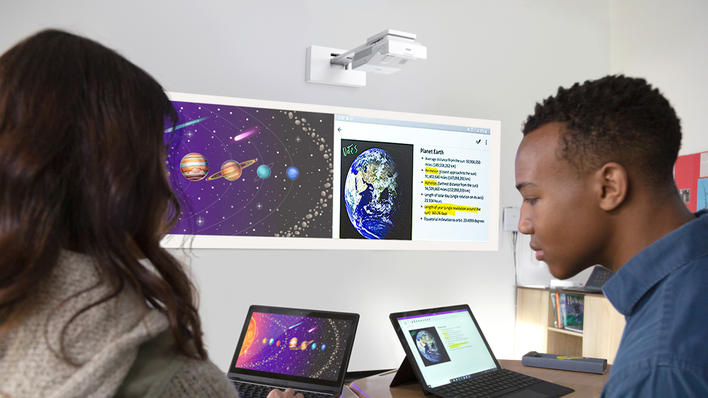Robots are coming for between 400 and 800 million of our jobs worldwide by 2030. At least, that’s the prediction of a study compiled by the McKinsey Global Institute: In the United States alone, up to one-third of the workforce may need to learn new skills or find new professions, it says.
And according to a survey by Gallup and Northeastern University, less than half of respondents with a bachelor’s degree believe that their education left them “well prepared” or “very well prepared” to use AI as it becomes more prevalent in today’s workplace.
The respondents also didn’t hold high hopes that universities would be equipped to offer relevant training to redeploy the workers of tomorrow to be prepared for these AI-related jobs: Less than a quarter of employed Americans would look to colleges or universities to help them receive the additional training they’d need to compete in an AI-fueled workplace, compared to almost half who say they would look to on-the-job training.
However, they might be basing these beliefs on an education that was current when they attended college, without any insight into strides universities are making with more modern, future-facing curriculum to help students thrive.
Higher education is known for evolving to meet the ever-changing needs of employers; here are what some forward-thinking colleges are doing today to prepare students to succeed in the workforce of tomorrow.
Increasing students’ comfort with AI
Today’s “digital natives” are clearly more at ease with technology than other generations, but there’s a difference between asking Alexa a trivia question and having a computer help you with a creative brainstorm.
At Penn State University, new programs are helping students become more accepting of the idea of relying on a computer as a team member by harnessing the power of AI to help students think more critically and creatively, says Kyle Bowen, Penn State’s director of education technology.
As one example, the school is adapting an AI algorithm to allow students to brainstorm with a computer. As Bowen explains, the algorithm invites students to share an idea with the machine, and the computer analyzes existing data to offer alternatives and other insight.
“While this isn’t intended to replace group brainstorming in a classroom setting, it can augment a student’s ability to work on a topic, prototype idea or concept map,” he says.
To help bolster familiarity with AI concepts, the University of Rhode Island is taking AI out of the computer lab and into the library in hopes that the central location will invite curiosity from faculty and students. The new 600-square-foot AI lab is designed to introduce the many ways AI can be used to enrich our lives, from natural language processing to big data to smart cities and homes. Instructors will be encouraged to incorporate AI topics into their curriculum and use the lab for teaching, says Karim Boughida, Dean of Libraries.
Developing skills for jobs that might not yet exist
In its “Future of Jobs” report, the World Economic Forum shares a widely accepted statistic that 65 percent of children entering primary school today will ultimately end up working in jobs that don’t yet exist. The only way to prepare for these jobs is to teach students how to learn—so they can pivot to where the opportunities are.
“At Penn State we prepare students for future workplaces that will incorporate AI and machine learning by developing their critical thinking skills and digital fluency,” Bowen says.
Today’s business leaders consistently say that one component of most “AI-resistant” jobs is a reliance on soft skills, such as teamwork, collaboration and creativity.
That’s why even in technical settings, such as Henry Ford College in Detroit, students are augmenting their mechanical expertise with experience in these soft skills that will help them succeed in any workplace. Students hone their competence in communication, critical thinking and time management as they learn how to work the machines—and how the machines work. The goal is to create transferrable skills that are useful anywhere from the auto industry to defense to food processing in a bid to increase students’ odds of finding employment in a future workforce
As AI continues to become a workforce necessity, many universities will incorporate dedicated program opportunities, such as the recently announced MIT–IBM Watson AI Lab. And while these high-tech options are surely important for students specifically studying robotics or STEM, everyone can benefit from becoming more comfortable around the technology and learning the skills that will help them co-exist with robot colleagues in the workplace of the future.
Learn more about the higher edu tech solutions Epson offers to ensure your institution stays ahead of the curve.
![]()



